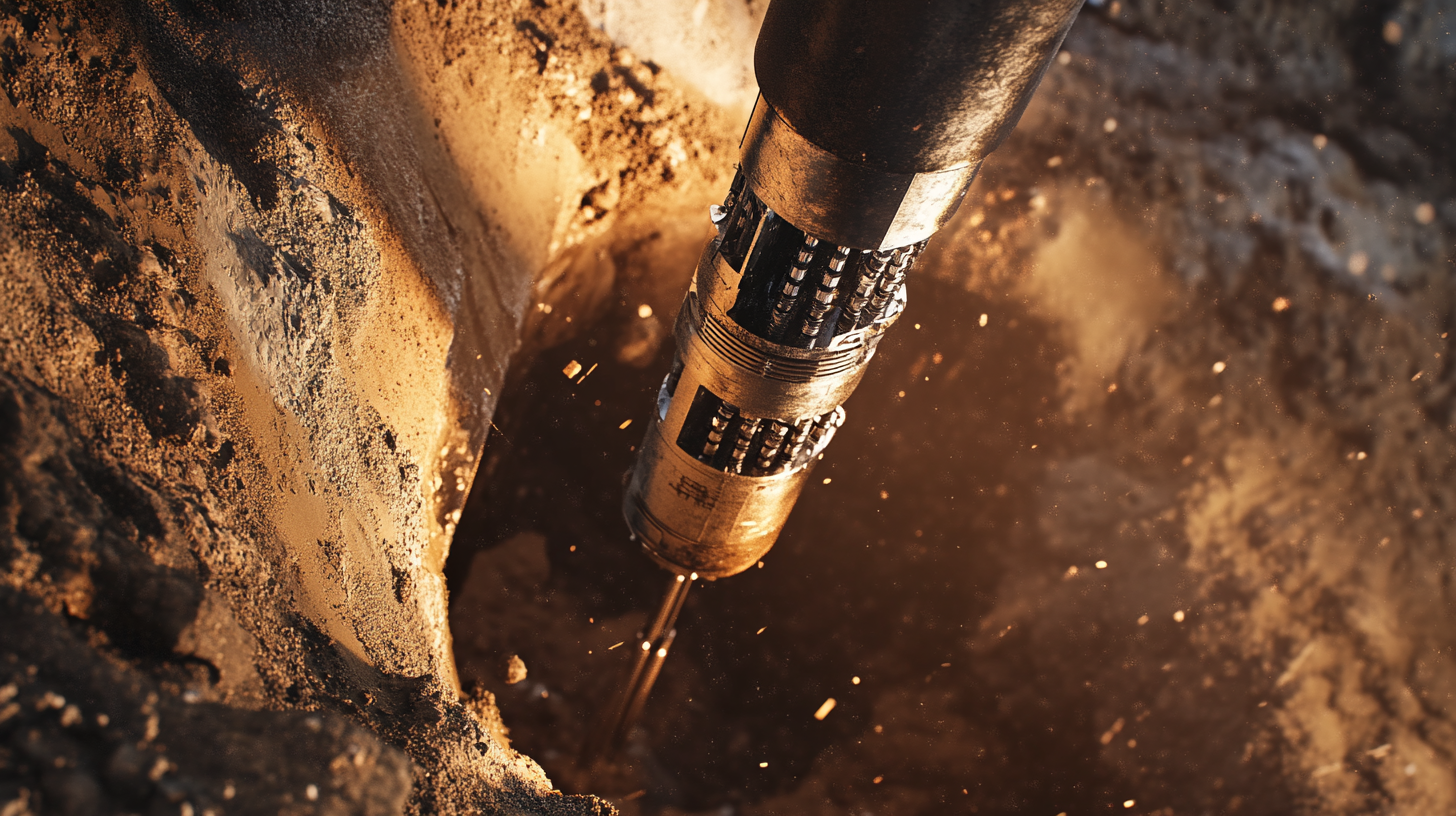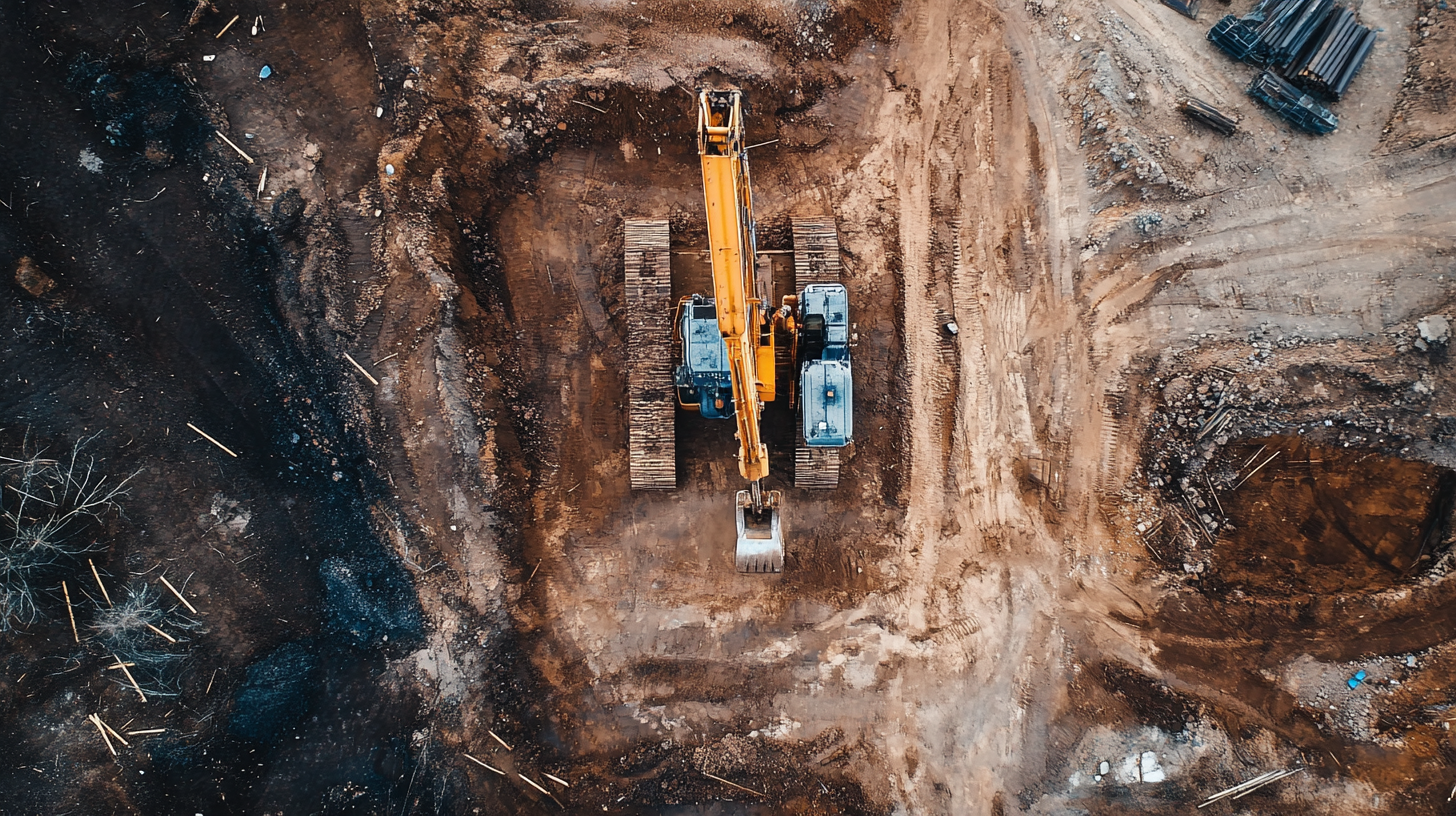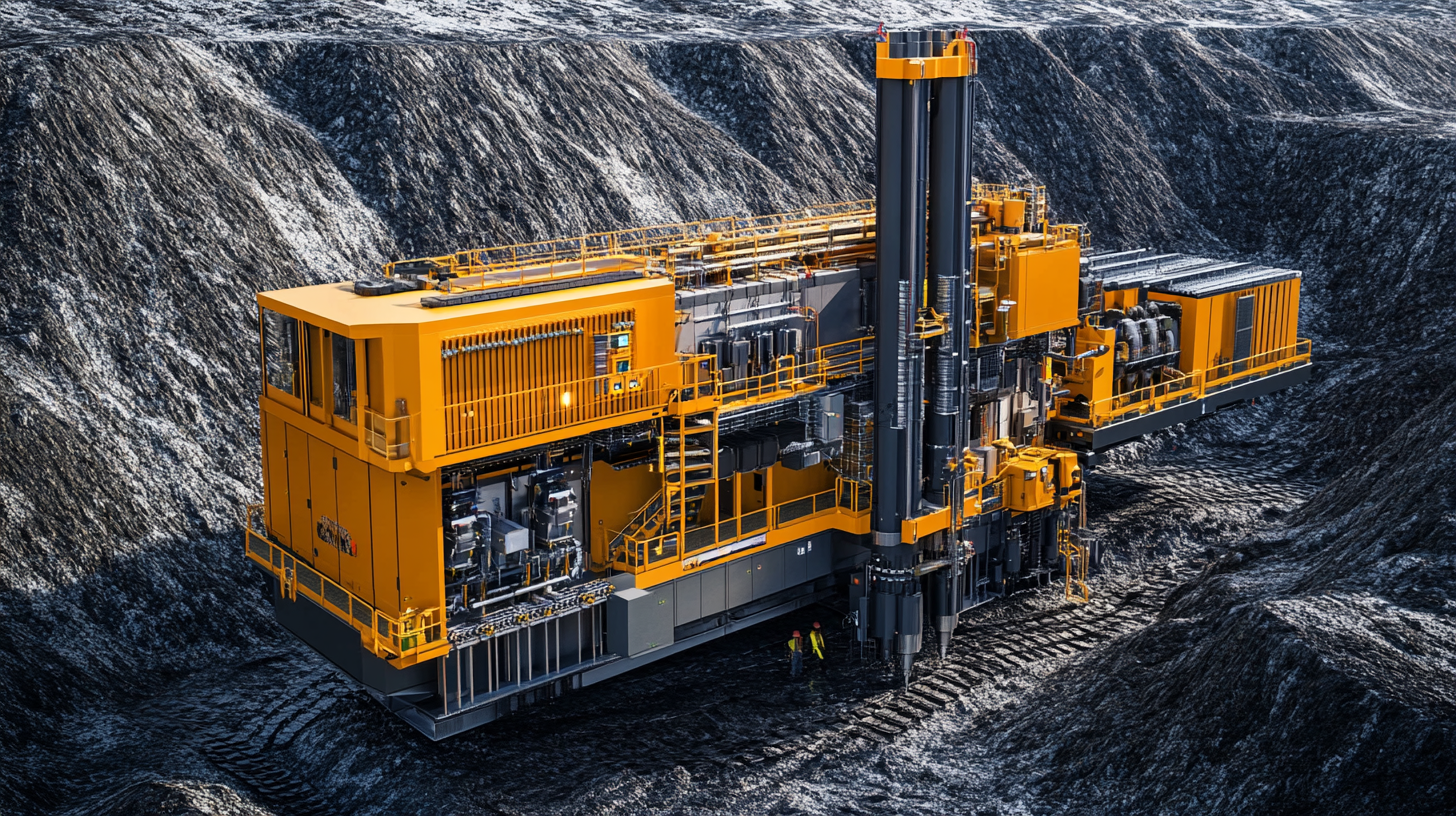SUNDI TOOLS
- Copyright © Wuxi Sundi Precision Tools Co.,LTD All rights reserved.
- Site Map
In the manufacturing industry, maximizing operational efficiency is a primary goal that directly impacts productivity and profitability. One innovative method that has gained traction is Deep Hole Drilling (DHD). According to a recent report from the National Tooling and Machining Association, the market for deep hole drilling technology is expected to grow by over 5% annually, driven by its ability to enhance precision and reduce cycle times. DHD not only improves the creation of intricate parts in industries such as aerospace and automotive but also minimizes material waste, contributing to a more sustainable manufacturing process.
Understanding the importance of maintenance in equipment longevity further adds to the appeal of Deep Hole Drilling. A study from the Reliabilityweb.com indicates that effective maintenance strategies can yield savings of up to 30% in operational costs over the equipment's lifecycle. By incorporating advanced DHD techniques into their operations, manufacturers can significantly reduce wear and tear on machinery, leading to lower maintenance costs and improved overall efficiency. This blog will delve into the multifaceted benefits of Deep Hole Drilling and explore how it can transform machining practices while providing substantial savings in maintenance and operational expenses.

Deep hole drilling has emerged as a transformative technique in modern manufacturing processes, particularly for industries requiring high precision and efficiency. As highlighted by Selsa Makina, a leading name in the precision machining domain, deep hole drilling allows for the creation of holes that are significantly longer than their diameter. This capability is essential in sectors such as aerospace and medical device manufacturing, where component designs often demand intricate geometries that traditional drilling methods cannot achieve. Recent advancements in drilling technology have shown that the use of hybrid laser-electrochemical machining (LECM) can enhance the performance of deep hole drilling significantly. This approach not only improves the quality of the drilled holes but also contributes to sustainability in manufacturing by optimizing resource consumption. For instance, studies indicate that using LECM can reduce power and material waste, making it an environmentally friendly option. Additionally, the precision offered by deep hole drilling allows manufacturers to minimize finishing work, effectively cutting down on production time and costs. Moreover, the integration of advanced tools can further streamline the deep hole drilling process. Innovatively designed drill bits, equipped with features that facilitate better chip removal and cooling, enhance the overall efficiency of machining operations. The right tool makes deep holes easier to drill, thus reducing the likelihood of tool wear and the need for maintenance. This focus on tool efficiency translates into substantial cost savings and improved operational uptime, key metrics for manufacturers aiming to maximize productivity in today's competitive landscape.

Deep hole drilling is a specialized machining process that requires precision and efficiency to produce high-quality results. To enhance the efficiency of this technique, several key strategies can be adopted. First and foremost, selecting the right drill bit is crucial. Utilizing advanced materials such as carbide or high-speed steel can significantly improve durability and cutting performance, allowing for deeper and more precise holes. Furthermore, the geometry of the drill bit should be optimized to reduce friction and improve chip removal, which is essential for maintaining a constant flow of coolant and preventing overheating.
Another important technique is to fine-tune the drilling parameters, such as feed rate and spindle speed. By conducting thorough testing and analysis, operators can identify the optimal settings that maximize productivity without compromising the integrity of the workpiece. Additionally, employing advanced CNC technology can enhance automation in deep hole drilling, allowing for consistent results and reduced cycle times. This not only increases efficiency but also minimizes human error during the machining process.
Regular maintenance of drilling equipment is equally vital to sustain efficiency. By implementing a proactive maintenance schedule that includes routine checks and timely replacements of worn parts, companies can avoid unexpected downtimes and ensure that their machinery operates at peak performance. Investing in training for operators on best practices and troubleshooting can further enhance the overall effectiveness of deep hole drilling operations, leading to substantial cost savings and improved output quality.

Deep hole drilling is a pivotal technique in manufacturing sectors, particularly in aerospace, automotive, and oil and gas industries. This method enables precise drilling of long and narrow holes, allowing for enhanced fluid passage, reduced weight, and streamlined designs. A report by the Manufacturing Execution Systems Association highlighted that companies employing deep hole drilling techniques can achieve efficiency improvements of up to 35%. This advancement not only accelerates production cycles but significantly impacts overall maintenance costs.
The relationship between deep hole drilling and maintenance cost reduction is significant. According to a study published by the American Society of Mechanical Engineers, businesses implementing deep hole drilling reported a 25% decrease in maintenance-related expenses. This reduction can be attributed to the improved design integrity and structural reliability of components produced through deep hole drilling. Components with precision-drilled passages tend to experience less wear over time, translating to fewer repairs and extended lifespans, ultimately resulting in financial savings.
Moreover, the ability to integrate deep hole drilling into existing manufacturing processes reduces downtime and enhances productivity. A survey conducted by the International Association for Production Engineering revealed that manufacturing facilities utilizing advanced drilling techniques, including deep hole drilling, experience up to 20% less downtime. By minimizing delays caused by maintenance, organizations can not only streamline their operations but also allocate resources more effectively, generating further savings in maintenance costs. The strategic implementation of deep hole drilling techniques represents not just an engineering advancement but a significant leap toward sustainable operational efficiency.

Deep hole drilling has emerged as a transformative technique in various manufacturing sectors, enhancing precision and efficiency significantly. Case studies highlight the successful implementations of this method in industries such as aerospace and automotive. For instance, an aerospace company reported a 30% reduction in cycle time when adopting deep hole drilling for producing fuel injector nozzles. This technique enables better chip removal in deeper holes, allowing for uninterrupted machining, which not only speeds up the process but also improves the quality of the final product.
In the automotive sector, a notable example showcases a manufacturer that shifted to deep hole drilling for engine components. According to a report by the American Machinist, companies involved in deep hole drilling recognized up to 20% savings on maintenance costs due to reduced wear on tooling and machinery. This is mainly attributed to the technology's ability to maintain consistent drilling angles and diameters, minimizing the risk of tool failure and subsequent downtime. Moreover, implementing advanced cooling techniques during the drilling process has been proven to enhance tool life and effectiveness, as discussed in a study by the Journal of Manufacturing Processes, which found that proper cooling could increase tool life by over 40%.
These case studies demonstrate how deep hole drilling not only maximizes machining efficiency but also leads to substantial maintenance savings. As industries continue to adopt this technique, the focus will increasingly be on optimizing the drilling processes further, ensuring that companies remain competitive while maintaining high standards of quality and performance.
Deep hole drilling technology has been rapidly evolving, and its optimization is essential for maximizing efficiency in various sectors, including scientific research and offshore operations. Advances in this field not only enhance drilling performance but also contribute to significant maintenance savings, a crucial factor for long-term operational sustainability.
Recent achievements in deep hole drilling, such as the successful drilling of ice cores down to 800 meters beneath the Antarctic ice sheet by a Chinese research team, highlight the complexities and challenges researchers face. This depth presents a unique set of challenges due to the intricate structure of the ice layers. Continuous innovations in drilling techniques and equipment are vital to overcoming these obstacles, ensuring that operations remain efficient and cost-effective.
Furthermore, the offshore drilling market is experiencing substantial growth, projected to reach $69.34 billion by 2032. As the demand for energy and mineral resources escalates, optimizing maintenance processes becomes crucial. Modern drilling technologies not only streamline operations but also reduce the frequency and cost of maintenance, making them a valuable investment for companies navigating these demanding environments. By focusing on technological advancements and maintenance strategies, businesses can navigate the complexities of deep hole drilling while maximizing their overall efficiency and profitability.